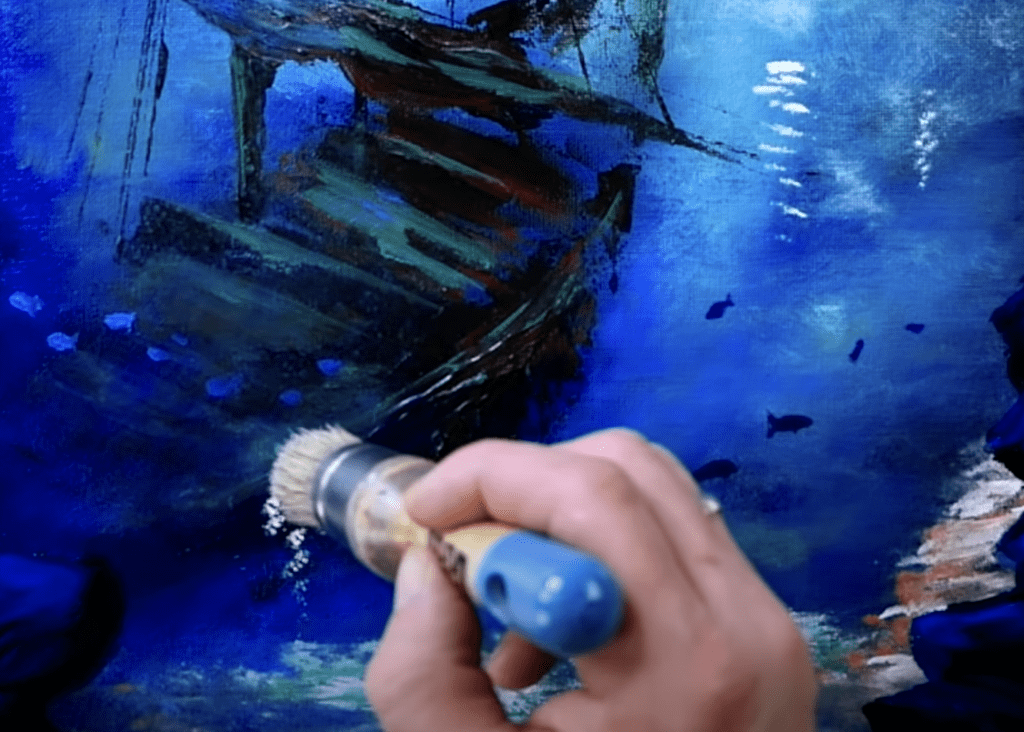
In this artistic realm, having the right tools is really important, and one of the most important tools is your paintbrush.
Paintbrushes aren’t just tools; they’re like magic wands that help you bring your ideas to life on the canvas. The choices you make about which brushes to use can make a big difference in your art.
In this blog post, we’re going to take a closer look at paintbrushes. We won’t just talk about them; we’ll explore their different shapes, bristles, and what they’re good for. It’s a bit like getting to know the instruments in a band, each with its special role to play.
Whether you’ve been painting for a long time or you’re just starting out, understanding these different types of paintbrushes will help you express your creativity better. So, let’s jump into the world of paintbrushes and discover how they can make your art even more amazing.
By exploring the various types of paintbrushes available, artists can elevate their painting technique and achieve more professional results.
Flat brushes, with their wide and straight bristles, are ideal for covering large areas efficiently and delivering smooth, even strokes. They are particularly useful when working on backgrounds or creating broad, sweeping brushstrokes.
In contrast, round brushes offer greater versatility and can be used for both broad strokes and intricate detailing. With their pointed tips, these brushes are perfect for creating precise lines, outlining shapes, and adding intricate details to a painting. Artists proficient in using round brushes can achieve a remarkable level of control and finesse in their artwork.
For those seeking to soften edges and blend colors seamlessly, a filbert brush is an essential tool. Combining the characteristics of both flat and round brushes, filbert brushes have an oval-shaped tip that allows for smooth transitions between colors. This brush is particularly effective for creating subtle shading, delicate transitions, and softening edges to achieve a more realistic or impressionistic effect.
Incorporating texture and creating interesting patterns becomes effortless with the use of a fan brush. The unique shape of this brush, with its fanned-out bristles, allows for the creation of intriguing textures such as grass, foliage, or waves. When loaded with paint and brushed gently over the canvas, the fan brush creates a natural-looking texture and movement, adding depth and dimension to the artwork.
Furthermore, a detail brush plays a crucial role in working on intricate and small areas of a painting. These brushes have fine, pointed tips, making them ideal for adding intricate details, refining edges, and adding tiny highlights. Whether working on the intricate details of a portrait or the fine details of a still life, a detail brush is an indispensable tool for achieving precision and capturing minute nuances.
In summary, investing in quality paintbrushes and understanding their different characteristics can significantly enhance an artist’s painting experience. Each type of brush mentioned – flat, round, filbert, fan, and detail – serves a unique purpose and can vastly improve the artist’s ability to control the application of paint, create texture, and achieve desired effects. With the right tools at their disposal, artists can bring their creative visions to life with greater precision, finesse, and professionalism.



Leave a Reply
You must be logged in to post a comment.